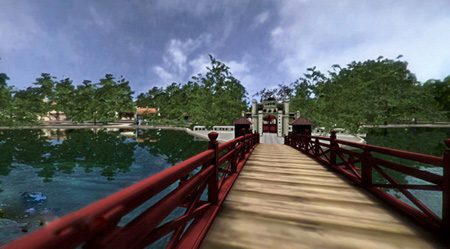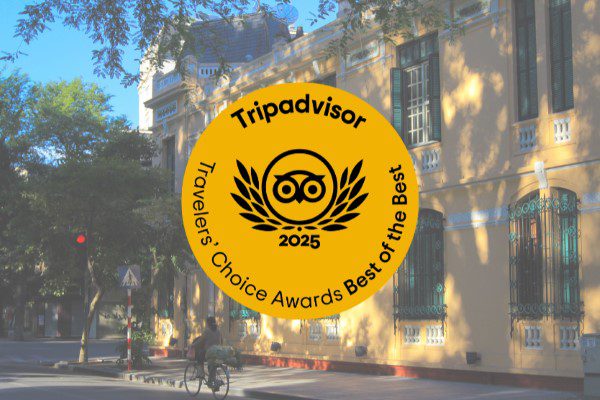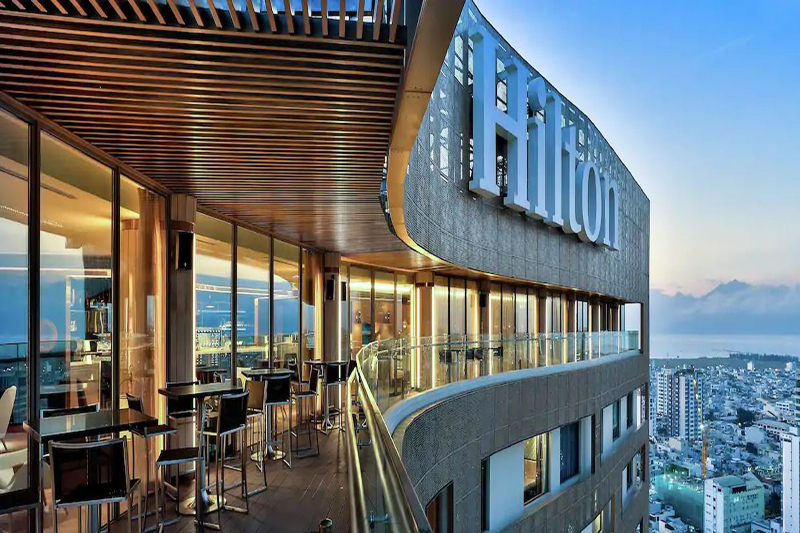A new project run by a group of young architects and graphics experts will use 6-dimensional (6D) technology to recreate a virtual capital by restoring ancient sites.
The project called Hanoi 6D is being carried out by the group So Hoa Hanoi (Digitised Hanoi) who won the Bui Xuan Phai prize in 2009 for having restored Hanoi streets from the end of the 19th century to the mid-20th century with 2D and 3D technologies.

The project now vies for the Idea Awards category of this year’s Bui Xuan Phai – Love for Hanoi Awards that will announce winning works tomorrow afternoon.
Architect Nguyen Van Quang, head of the group, said they were determined to prove that they were able to work with 6D technology which is still new to Vietnam.
But the group also maintains it is their love for the capital that is driving the project.
“Young people like me, who were born and grew up in the city, are not only passionate about the city’s history but are also thirsty to discover its hidden beauty and charms,” Quang said.
“We decide then to use modern technology to present to a wider audience the cultural and spiritual values of our beloved city.”
The group has spent seven years collecting the photos of Hanoi from museums, historians and friends.
“Touch” the past
According to Quang, 6D technology allows visitors to control the images they want to see without having to move.
“They only need to control the images by hands and simple body gestures. When they put up their hands, they can enter into the space. If they turn, all space will turn with them,” he said.
“With the 6D technology, you have impression that you enter a real space.
It not only offers 3D images but also allows the audience to experience environmental elements such as rain, wind and smell.”
In March, the group organised an exhibition featuring 6D images of Ngoc Son Temple. At the exhibit, visitors could see all details of the site and explore its corners using their hands. They could even visit the temple in the 19th century.
“Visitors only had to raise their eyes to look at Thap But (Pen Tower) outside the temple, and they could see immediately all historic information about this tower. Therefore tourists and those who have not visited the site can also have enough information about this site,” Quang said.
In the future, the group dreams of bringing a real life into the virtual life.
“For example, we dream of digitising Hang Duong Street with the 6D technology. Tourists will enter a shop where are sold o mai (salted and sugared dry fruits) in the street. They can smell and taste the o mai and discover the history of the street. Therefore, instead of going to Hang Duong Street to buy o mai, people can only use a user name and password to enter the space from their house.”
Following the success of their Ngoc Son temple project, the group plans to apply the same technology to restore images of Thang Long citadel, O Quan Chuong (Quan Chuong Gate), the Long Bien Bridge, One Pillar pagoda, Quan Thanh Temple and Tran Quoc Pagoda.
Emphasising the realism of their efforts, Quang explains that the public will have the ability to touch trees at the Temple of Literature and listen to the waves of the West lake.
“Special equipment is needed for 6D technology, so as people can ‘touch’ things while visiting places. However, they are very expensive. A pair of gloves that audiences should wear on the hands cost nearly US$30,000,” Quang said.
Despite many financial difficulties in carrying out the project, the group plans to organise a new exhibition featuring 6D images of One-Pillar Pagoda and Thang Long Citadel on October 10, the Capital Liberation Day.













